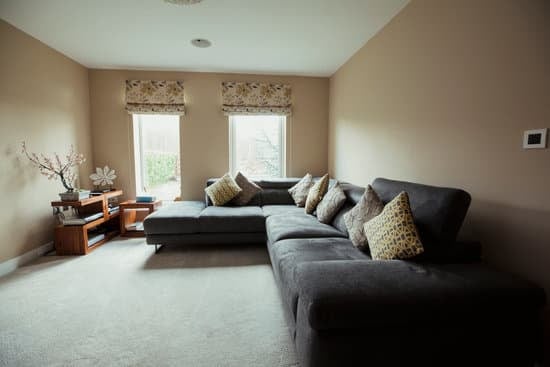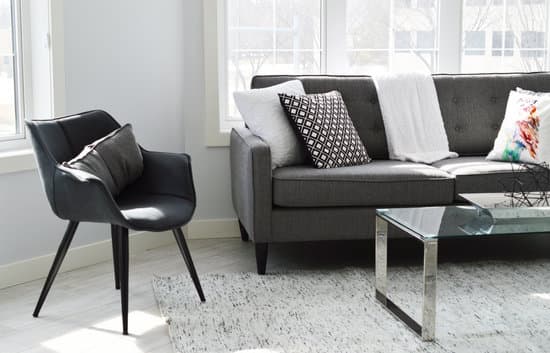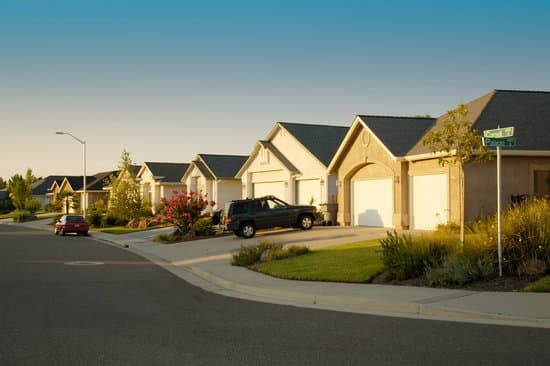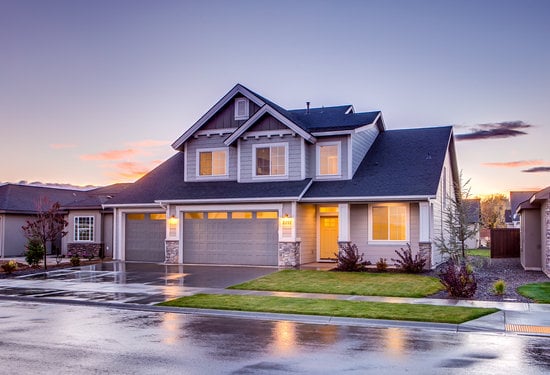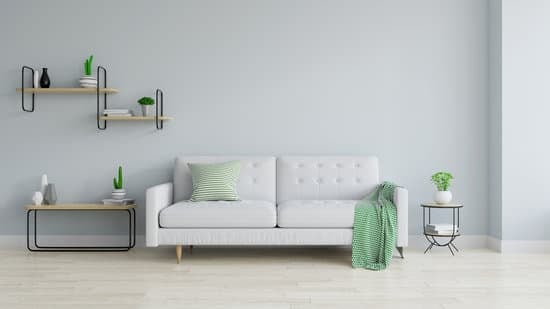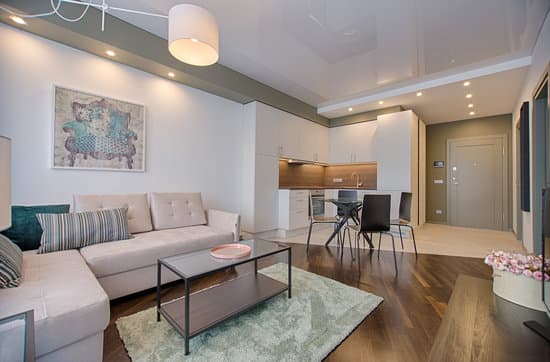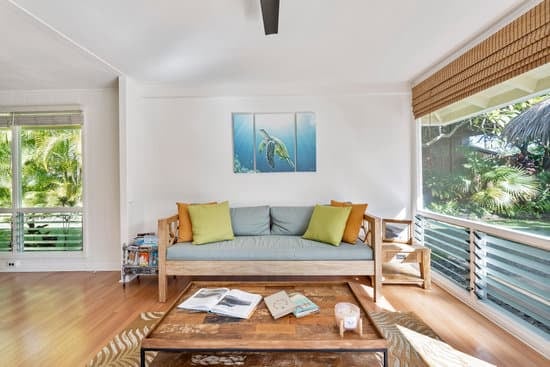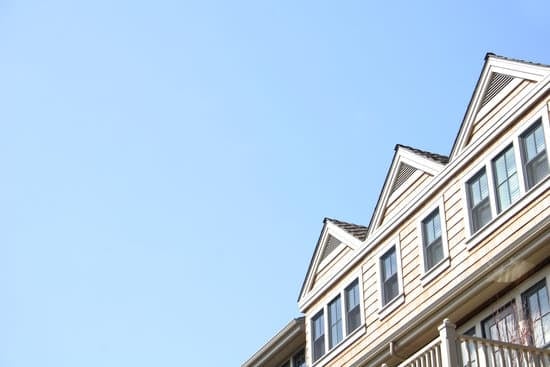Living in a log cabin can be a dream come true for many people. However, it’s important to weigh the pros and cons before deciding to make this type of home your permanent residence. Here are some of the pros and cons of living in a log cabin:
Pros:
Energy-Efficient: Log cabins are excellent in maintaining heat which makes them energy efficient. Their thick logs provide natural insulation, keeping you warm during the cold winter months and cool during the summer.
Environmentally-Friendly: If you’re an advocate for going green and reducing your carbon footprint, then living in a log cabin is a great option. The logs used to construct the cabin are renewable and biodegradable, making them an eco-friendly choice.
Much Needed Comfort And Relaxation: Living in a log cabin provides a sense of comfort and relaxation. The natural elements of the logs, along with the peaceful and quiet surroundings can be very soothing for the mind and body.
Cons:
Maintenance-Prone: Log cabins require periodic maintenance, such as sealing or staining the wood to prevent rotting and discoloration. Additionally, if an infestation occurs, it may require the help of a professional logger to treat and fix the issue in the timeliest, most effective way.
Little To No Insurance Coverage: Since log cabins are less common and unique, it can be tough to find an insurance policy that covers them in full. This means you may face additional financial burdens to repair damages if they occur.
Prone To Pests: Log cabins are prone to infestations of insects such as termites, ants, and bees. Pest control treatments are often a necessity and can lead to additional costs.
Conclusion:
In conclusion, log cabins can provide many benefits such as energy efficiency and a sense of relaxation. However, some drawbacks, such as increased maintenance needs and difficulty with insurance coverage, must also be considered before one chooses to live in a log cabin.
